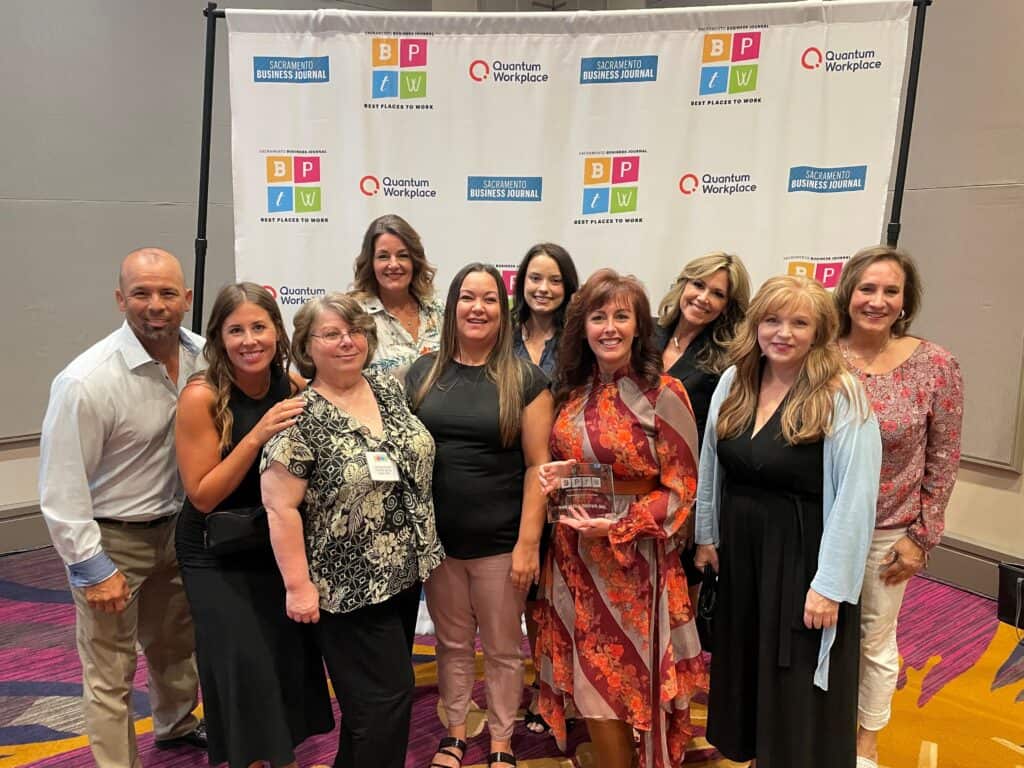By Gretchen Williams •
How much do you invest in innovation?
Do you personally dedicate time to foster and cultivate new ideas? How often are those ideas carried beyond the first few discussions?
As a leader I have sought to consistently promote creativity, encourage out of the box thinking, and support challenging the status quo. In doing so, I always had the best intentions; but that didn’t necessarily translate to achieving the desired outcome. Over time, I have learned that not every idea will be successful, but I now embrace the concept that failure is one of our greatest teachers. The experience provides the opportunity to reflect, learn, and evolve.
Fostering an environment where it is safe to fail is critical to cultivating an innovative mindset.
Much like many of you, I have found that institutional culture, fear of failure, and the time and resources required to manage day-to-day operations make it challenging for most organizations to foster a climate that promotes innovation.
At IFG, we also strive to balance competing priorities, manage client expectations, and invest in cultivating new business. But one of the most significant observations of the organization that I made when I joined last Fall is the drastic difference in the culture.
Thought leaders across the company were encouraged to experiment without fear of failure. This approach motivated staff to propose creative ideas, explore new opportunities, influence service expansion, and evolve the internal culture to incorporate an innovative mindset.
Innovation Means Many Things
The concept of innovation may have a slightly different meaning to each of us; but at the root, there is a common translation. Regardless of if you are in technology and considering new automated solutions, or you represent the business and are focused on improved outcomes, the fundamental questions based around an innovative mindset are the same. What additional or improved services should we be delivering, and how do we quickly test new ideas? These same questions could be asked of an entrepreneur in a small startup, a government employee supporting program delivery, or a large organization considering expansion.
The approach that IFG took to answering these questions resulted in the development of the IFG Innovation Board. The goal was to create a structure that supported a focused, yet flexible, framework; fostered a collaborative approach to exploring new ideas; and inspired engagement of all thought leaders across the organization.
The key to our approach has been applying entrepreneurial management methods and lean practices highlighted in the book The Startup Way by Eric Ries. The concept of an Innovation Board is simply a framework that takes low-cost ideas through a structured process of rapid experimentation – ultimately resulting in a decision to pivot or persevere.
Every idea or experiment has the same base characteristics:
- Defined Business Need – Need is a critical element of every experiment. Prior to activating, ideas must tie back to a business need to prevent investment in shelfware.
- Proposed Solution – Based on what is known at the time, propose the best solution to solve the business need.
- Leap of Faith Assumptions – Identify assumptions that will be used to validate viability of the experiment once you conclude and reflect.
- Minimum Viable Product (MVP) – Develop the most basic version of your proposed solution. As an example, use cardboard displays rather than applications on tablets to take potential clients through the experience. Remember: Make the smallest investment in the shortest possible time.
- Measures – Define the measurements that you’ll use during your experiment reflection. What did you learn? What feedback was captured? What changes are being proposed by those who participated?
- Pivot or Persevere – Develop a recommendation to pivot or persevere. Pivot could mean either adjusting a few things and running another round of the experiment, or if findings show that it’s not a good investment, the experiment pivots to a stop. If the MVP was deemed valuable, and feedback is to continue down the same path, you simply persevere.
The approach IFG has taken is just one example of how to foster an innovative mindset within an organization. The bottom line is that whichever approach you take, it must be more than simply including a percentage of time in a duty statement for innovation.
We must make a significant investment in our people and our culture. Creating an environment where it is safe to fail is necessary, as it is a means of validating assumptions and provides opportunities to learn and evolve.
As leaders, we must model the way, encourage thought leadership, and support a more flexible and rapid method of experimenting with new ideas to address defined business needs.
Challenge yourself, your team, and your organization to find the approach that works best for you. Identify the “why” behind what you do every day, and be that inspirational leader that promotes a new way of thinking. The sky is the limit with an innovative mindset, and change starts with you – one creative idea at a time.



